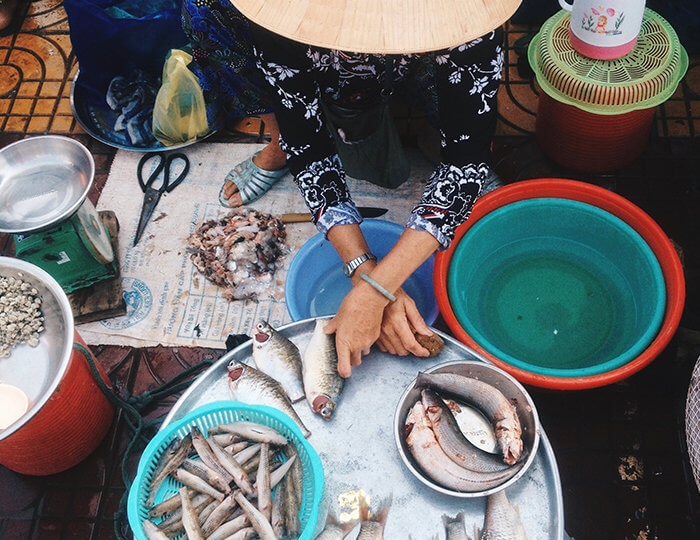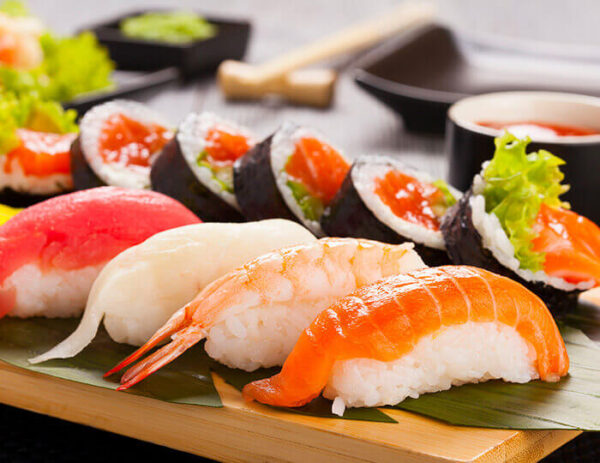NEWS • 2022-09-20
Turning by-products into fodder could feed one billion people
While millions around the world face the threat of famine or malnutrition, the production of feed for livestock and fish is tying up limited natural resources that could be used as food for people. New research investigate how adjustment to the feeding of livestock and fish could maintain production while making more food available for people. Relatively simple changes would increase the global food supply significantly, without requiring any increase in natural resource use or major dietary changes.

Photo: IStock
Currently, roughly a third of the world’s cereal crop production and a quarter of captured fish are used as animal feed. A team led by Aalto University, Finland, and including Beijer Institute programme director Max Troell, analysed the flow of food and feed, as well as their by-products and residues, through the global food production system. They then identified ways to shift these flows to produce more food. For example, livestock and farmed fish could be fed food system by-products, such as oilseed meals, cereal and sugar processing by-products, citrus pulp, fish and livestock by-products or even crop residues, instead of presently used feed products fit for human use.
With these changes, up to 10-26% of total cereal production and 17 million tons of fish could be redirected from animal feed to human use. Depending on the precise scenario, the gains in food supply would be 6-13% in terms of calorie content and 9-15% in terms of protein content.
“That may not sound like a lot, but it is food for up to about one billion people”, says Vilma Sandström, Aalto University, first author of the study which was published in Nature Food.
“Many of these food system by-products are already used in animal feeds but as our study show, there is a large potential to increase their use”, says Max Troell.

The graphic shows feed use and theoretical availability of food system by-products. Illustration: Azote
Realising these benefits would require adjustments in supply chains.
“For example, we’d need to reorganise the food system so that the industries and producers with by-products can find the livestock and aquaculture producers who would need them”, explains Vilma Sandström.
Another challenge is that the human-edible food currently used in livestock production and aquaculture is different from the food people are used to. For example, the fish used in fishmeal production tend to be small, bony fish that currently aren’t popular with consumers.
“However, if these low-cost and highly nutritious fish species can be processed or preserved, for example in canned, cured or dried form, it can serve as valuable dietary additions, especially in regions where more expensive fish are out of reach for many people”, says Max Troell.
Troell adds: “It is important to emphasise that the study focused on the potential for using resources more efficiently but did not consider environmental performance from such use. This has to be further investigated from a systems perspective.”
Sandström, V., Chrysafi, A., Lamminen, M. et al. 2022. Food system by-products upcycled in livestock and aquaculture feeds can increase global food supply. Nature Food.
NEWS



